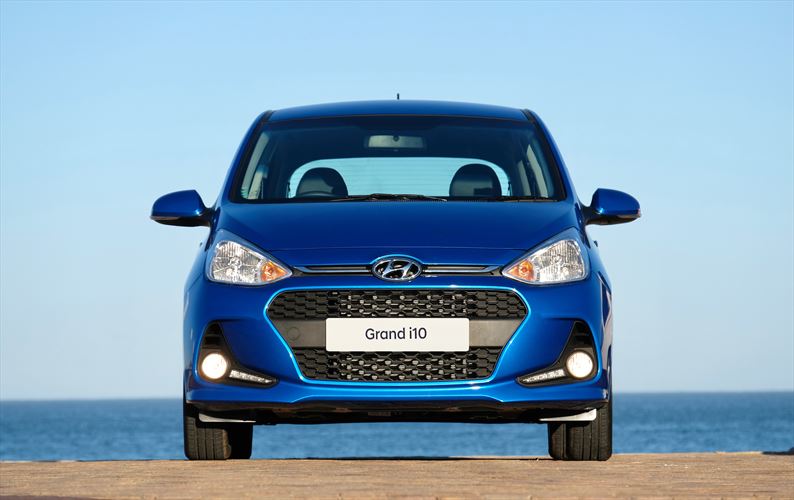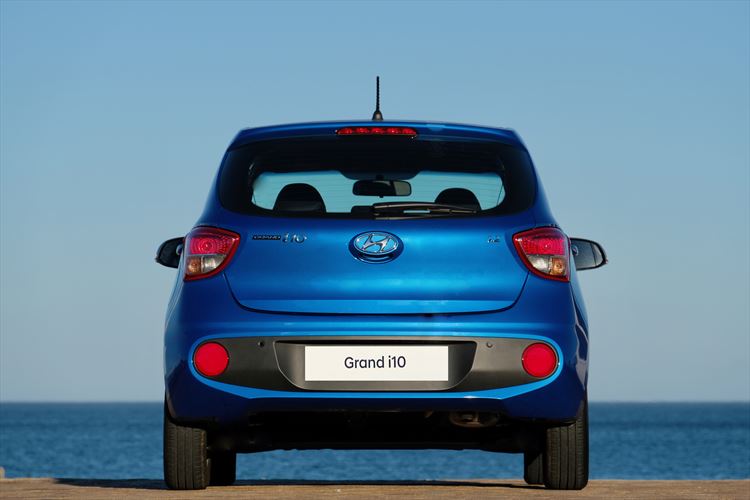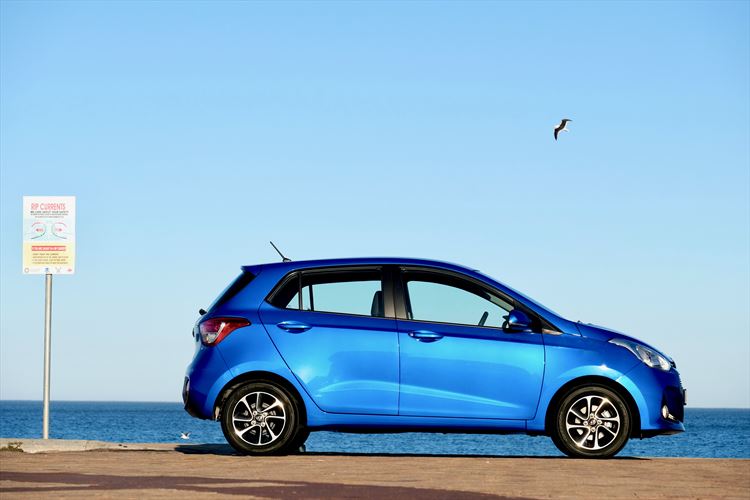A very good runaround but also quite capable on the highways.
I do not doubt that Hyundai are doing well in our market in terms of sales.


.
You may remember when the Hyundai Getz landed on our shores back in 2003. It was a popular compact
hatch for people who were looking for a good and reliable car.
Though Hyundai stopped manufacturing the Getz in favour of its successor, the i20, many people still prefer it – in fact, my brother still drives one.
Being well received in our market, Hyundai has been hard at work introducing model after model and there is nothing wrong with that.
One of the models introduced was the i10, which replaced the tiny Atos.


.
In its second generation now, Hyundai has refreshed its entry level i10 to give it a new look. I have to be honest, I had a difficulty in pointing out the differences between the refreshed model and the old one.
They looked the same to me but Hyundai says there are changes both inside and out, including the fact that this comes with LED daytime running lights positioned at the base of the bumper next to the fog lights.
For reference sake, Hyundai ditched the i10 in favour of the Grand i10.
It has grown in dimensions and the interior now boasts ample space, though tall passengers may find the rear seating position uncomfortable.


.
Boot space is class-competitive at 256 litres – up to 1 202 litres become available when the rear
seats are folded. With a price tag of R202 900 for the Glide version I tested, it is not cheap but rather affordable.
Standard features now include a multifunctioning steering wheel, USB port, AUX ports and electric windows all round, full-colour touchscreen radio that supports navigation and Bluetooth pairing.
You also get an air conditioner, central locking and a full-size spare wheel.
The flagship Glide derivative has park distance control sensors in the rear bumper. But here is the thing, customers have the option to buy a SD memory card for R2 500 to activate the navigation system on the infotainment system.
Out test unit boasted sporty-looking black leather and red cloth with sports red inserts on the instrument and door panels, plus the centre console.
On the outside, you get LED daytime running lights, colour-coded door handles and side-mirrors that incorporate turn indicators.
Safety is assured – you get ABS and dual airbags, thanks to Hyundai for finally adding a passenger airbag.
You also get park distance control sensors which help you during parking manoeuvres.
Power comes from Hyundai’s perky four-cylinder 1.25-litre engine from the ‘Kappa’ family.
With 64 kW and 120 Nm of torque delivered to the front wheel via a smooth five-speed manual gearbox, the engine is an energetic little unit that delivers adequate shove when needed.
It makes a good run-around car and perfect for city driving. I took the car on a highway cruise and it did not disappoint at all.
.
Although it can be knocked by some wind when large vehicles pass by, it has proven to be capable and comfortable.
The improvements done to the ride and handling capabilities of the Grand i10 have been well executed.
Wind noise is minimal and ride quality is better thanks to Hyundai’s coupled torsion beam suspension at the rear and the trailing arm geometry and coil springs of the rear suspension.
.
I averaged 5.5l/100km without even trying to drive the car economically, and the numbers would drop below the 5l/100km mark at highway speeds.
Download our app